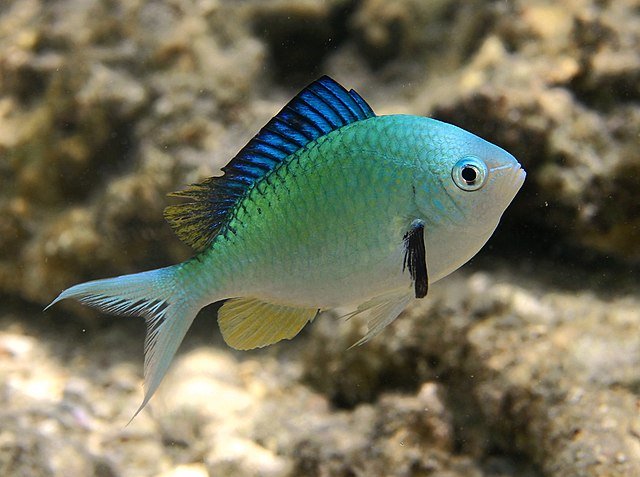
by Center for Biological Diversity
Washington – The Center for Biological Diversity urged the U.S. Fish and Wildlife Service today to require and report species-level data for all ornamental fish brought into the country for the aquarium trade. As today’s letter notes, maintaining and disclosing reliable species information from the national database would aid conservation measures for fish threatened by overexploitation.
More than 387 million ornamental fish were imported over a recent 6-year period for the U.S. aquarium trade without any disclosure of the species’ names, according to a Center analysis of the Law Enforcement Management Information System database.
The LEMIS database provides critical wildlife import and export information used by scientists, conservationists, and the government to preserve biodiversity, prevent the spread of pathogens and ensure animal welfare. But millions of LEMIS entries for ornamental fish lack species names, and fish are sometimes identified merely as “tropical fish,” “marine” or “freshwater.”
“Some fish targeted by the aquarium trade are highly imperiled, and we can’t protect these species if we don’t even know how many are coming into the country,” said Dianne DuBois, a scientist at the Center for Biological Diversity. “We need more data so we can take action when we see a problem. The government needs to require a species name for every individual specimen, or traders shouldn’t be allowed to bring them in.”
About 2 billion live ornamental fish are traded globally each year, and the United States is the world’s largest consumer of ornamental fish. Some species of ornamental fish have gone extinct in certain locations or are declining in population, in part because of trade. But without accurate and complete data, it is impossible to determine the full extent of the U.S. trade’s harm to a species.
Species-level identification would help inform conservation measures for fish such as wild-caught specimens of Betta cracens, a betta fish found only in a single freshwater swamp forest in Sumatra, Indonesia. The species was assessed as critically endangered by the International Union for Conservation of Nature in 2019. Yet Betta cracens is available for sale in the United States, although it is unclear how many of these fish are being imported to the United States annually.
“U.S. consumers may be unwittingly contributing to the extinction crisis by snagging beautiful but highly imperiled fish for their tanks at home,” said DuBois. “Without this information, we’re burying our heads in the sand rather than taking initiative to eliminate the United States’ role in the extinction crisis.”
Some aquarium fish species are also listed domestically under the Endangered Species Act and internationally under the Convention on International Trade in Endangered Species. Species names are necessary to ensure trade is legal under these regulations. LEMIS was developed in part to help meet the reporting and conservation requirements of wildlife laws, and without species-specific information, the United States cannot meet these objectives.
Stay Always Informed
Join our communities to instantly receive the most important news, reports, and analysis from the aquaculture industry.
Editor at the digital magazine AquaHoy. He holds a degree in Aquaculture Biology from the National University of Santa (UNS) and a Master’s degree in Science and Innovation Management from the Polytechnic University of Valencia, with postgraduate diplomas in Business Innovation and Innovation Management. He possesses extensive experience in the aquaculture and fisheries sector, having led the Fisheries Innovation Unit of the National Program for Innovation in Fisheries and Aquaculture (PNIPA). He has served as a senior consultant in technology watch, an innovation project formulator and advisor, and a lecturer at UNS. He is a member of the Peruvian College of Biologists and was recognized by the World Aquaculture Society (WAS) in 2016 for his contribution to aquaculture.



